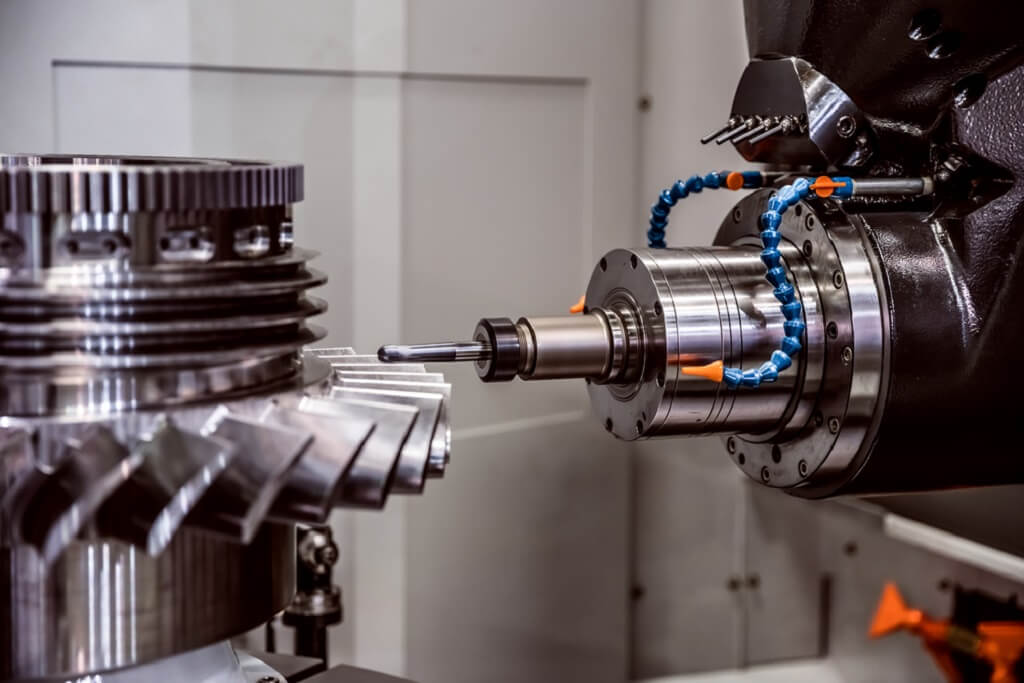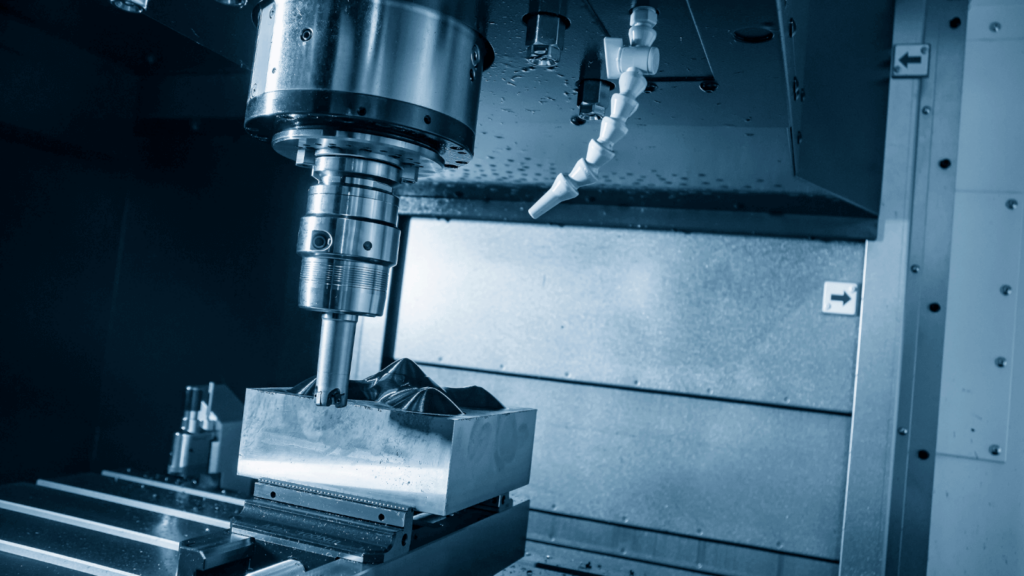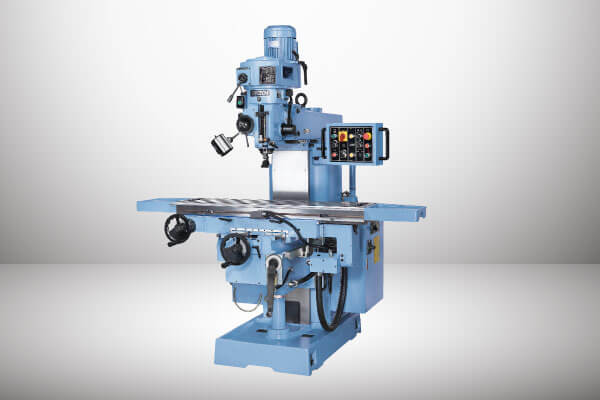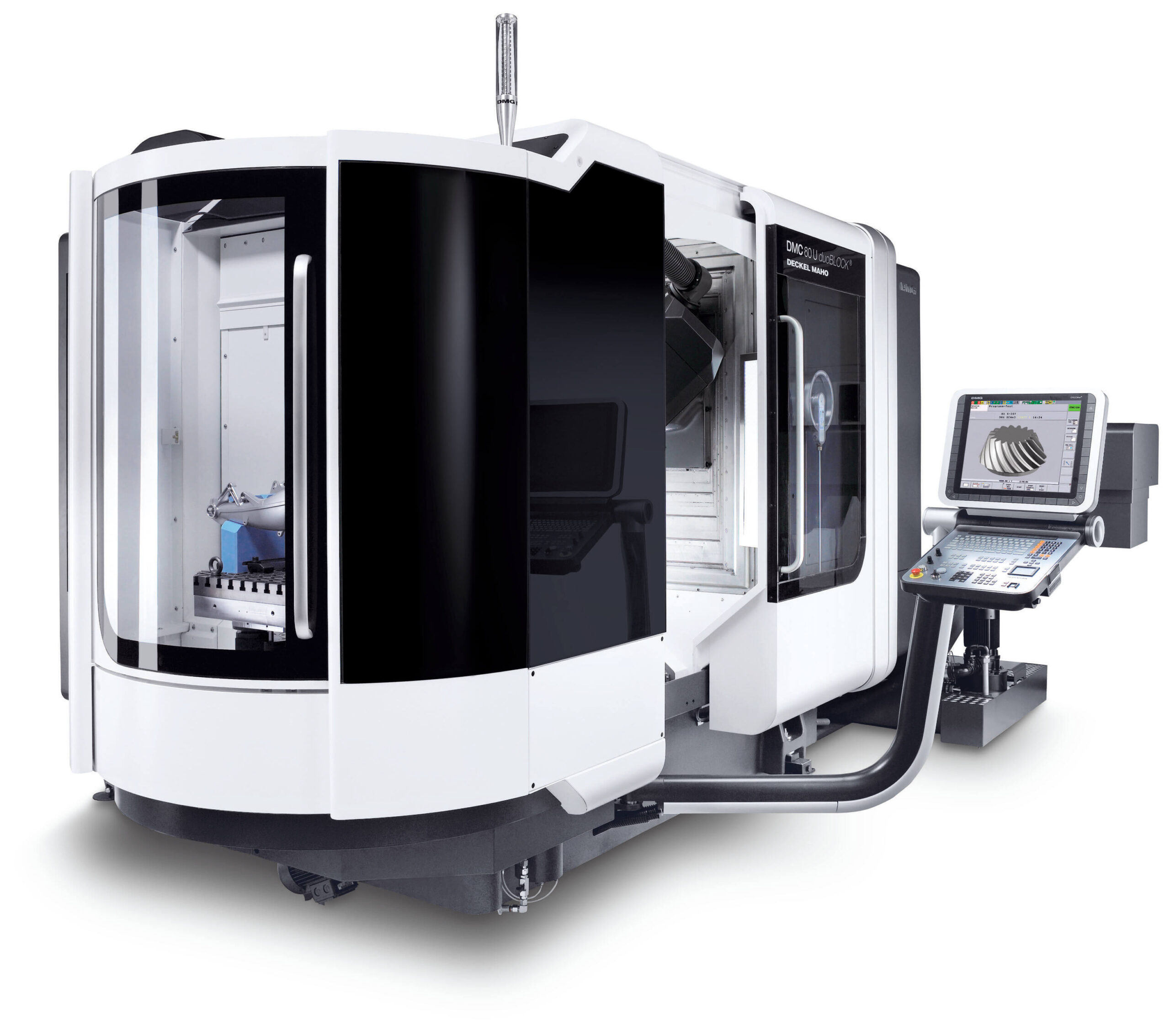Introduction to Vertical Milling Machine vs. Horizontal Milling Machine
Milling machines are essential tools in the manufacturing industry, used to precisely shape and cut materials. Two common types of milling machines are vertical milling machines and horizontal milling machines. While they may seem similar at first glance, there are distinct differences between the two, making each suitable for specific applications.
In this article, we will explore the differences between vertical and horizontal milling machines, taking a comprehensive look at their unique features and benefits. And their role in different parts, such as sewing machine parts diagram and parts on sewing machine parts diagram.

1.The Basics of Vertical Milling Machines
First, let’s start with vertical milling machine. As the name suggests, these machines have a vertically oriented spindle. At the same time, this also means that the cutting tool, such as a drill or end mill, moves up and down along the Z axis. Vertical milling machine is often used for tasks that require cutting and shaping materials in a vertical direction, and are particularly suitable for creating slots, holes, and cavities in workpieces.
One of the main advantages of vertical milling machine is the ability to perform complex milling operations with high precision. The vertical orientation of the spindle allows for greater control and accuracy when cutting complex shapes and contours.
Additionally, vertical milling machine is often equipped with a rotary table, which enables the workpiece to be rotated at various angles. This feature is particularly useful for machining curved surfaces or creating spiral patterns.

2.Basics of Horizontal Milling Machines
On the other hand, the spindle axis of a horizontal milling machine is oriented horizontally. This means that the cutting tool moves along the X-axis, which is parallel to the table. Horizontal milling machines are often used for tasks that require cutting and shaping materials in a horizontal direction. They are particularly suitable for creating grooves, slots, and flat surfaces.
One of the main advantages of horizontal milling machine is the ability to quickly remove large amounts of material. The horizontal orientation of the spindle allows for efficient chip evacuation, which reduces machining time. Additionally, horizontal milling machines are often equipped with multiple cutting tools, which allow machining operations to be performed simultaneously. This feature is particularly beneficial for high-volume production where time is of the essence.
3.Differences between Vertical and Horizontal Milling Machine
Vertical milling machines have an advantage over horizontal milling machine in terms of versatility. Vertical milling machine can be easily converted to horizontal milling machines by simply rotating the spindle 90 degrees. This flexibility allows operators to perform both vertical and horizontal milling operations on a single machine, saving valuable floor space and reducing the need for multiple machines.

In summary, vertical and horizontal milling machine has distinct differences, making them each suitable for specific applications. Vertical milling machines excel in precision and versatility, making them ideal for complex milling operations.
Horizontal milling machine, on the other hand, excel in speed and efficiency, making them ideal for high-volume production.
Ultimately, the choice between vertical and horizontal milling machines comes down to the specific requirements of the task at hand. By understanding the unique features and benefits of each machine, manufacturers can make an informed decision to optimize their machining processes.
